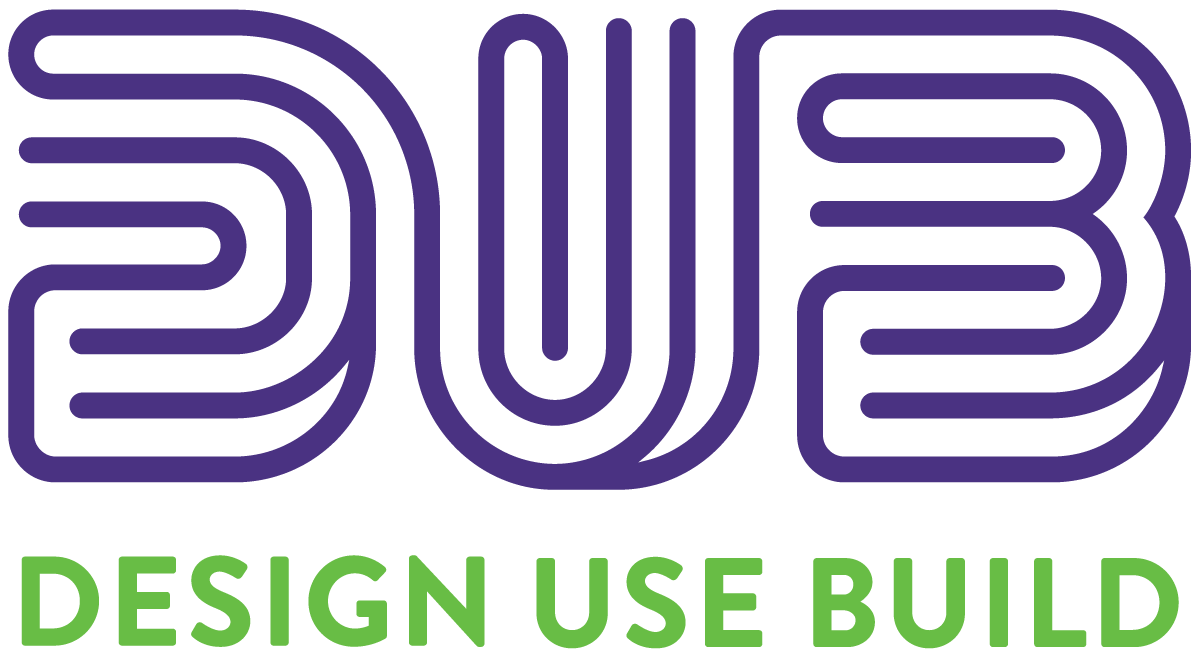UW Interactive Data Lab
papers

Predictive Translation Memory: A Mixed-Initiative System for Human Language Translation
Spence Green, Jason Chuang, Jeffrey Heer, Christopher D. Manning.
Proc. ACM User Interface Software & Technology (UIST), 2014
Proc. ACM User Interface Software & Technology (UIST), 2014

Abstract
The standard approach to computer-aided language translation is post-editing: a machine generates a single translation that a human translator corrects. Recent studies have shown this simple technique to be surprisingly effective, yet it underutilizes the complementary strengths of precision-oriented humans and recall-oriented machines. We present Predictive Translation Memory, an interactive, mixed-initiative system for human language translation. Translators build translations incrementally by considering machine suggestions that update according to the user’s current partial translation. In a large-scale study, we find that professional translators are slightly slower in the interactive mode yet produce slightly higher quality translations despite significant prior experience with the baseline post-editing condition. Our analysis identifies significant predictors of time and quality, and also characterizes interactive aid usage. Subjects entered over 99% of characters via interactive aids, a significantly higher fraction than that shown in previous work.
BibTeX
@inproceedings{2014-ptm,
title = {Predictive Translation Memory: A Mixed-Initiative System for Human Language Translation},
author = {Green, Spence AND Chuang, Jason AND Heer, Jeffrey AND Manning, Christopher},
booktitle = {Proc. ACM User Interface Software \& Technology (UIST)},
year = {2014},
url = {https://idl.uw.edu/papers/ptm},
doi = {10.1145/2642918.2647408}
}
